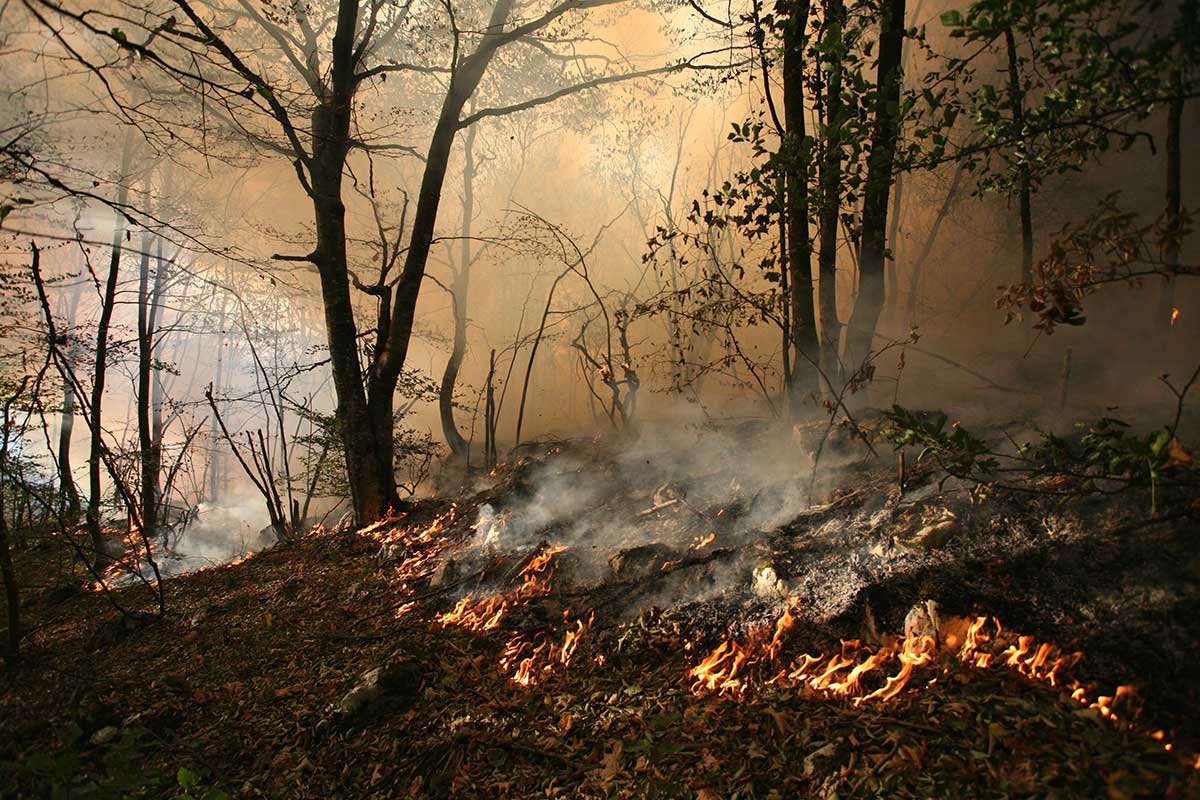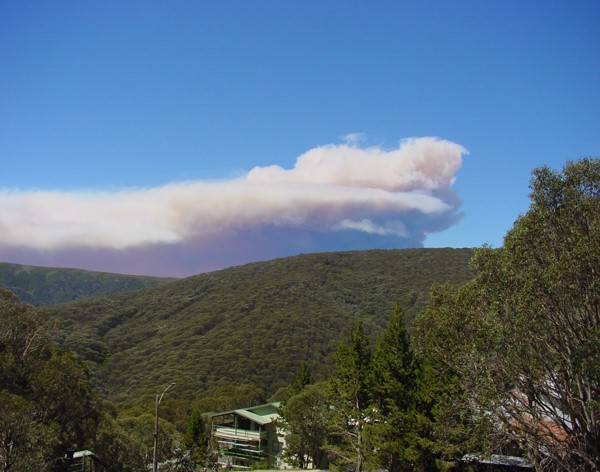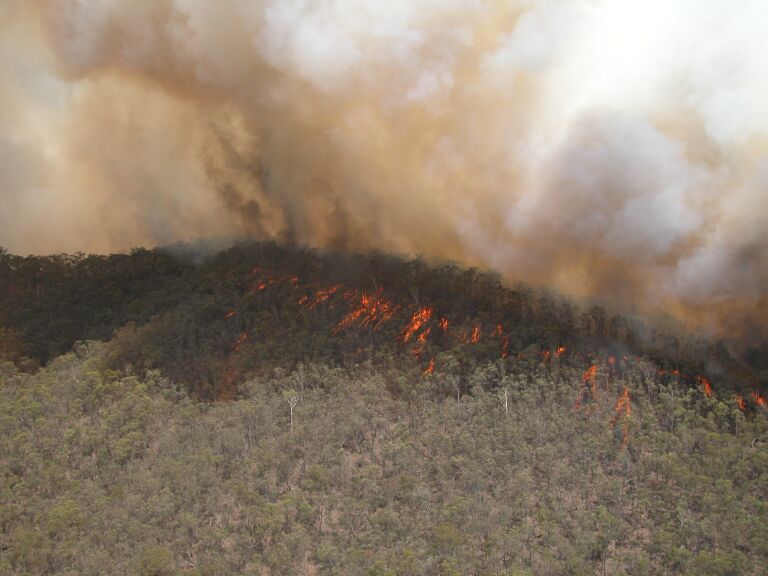A fire has no mass. Therefore, it cannot accelerate but rather it reacts directly to the force driving it – the wind. As the fire spreads, we say it grows as it gets larger. It produces hot combustion gasses that rise and interact with the wind field above and around all parts of the fire perimeter. This interaction determines the strength and direction of the air movement that impacts the flames at specific parts of the fire perimeter. In places the wind on the flames will be very different to the strength and direction of the prevailing wind in the open.
As a fire grows its size, shape and speed determines the amount energy released from combustion. About 75% of the total energy is transferred as convective energy and the size and strength of the convection column and its interaction with the windfield around the fire and the resultant wind speed and direction will determine the potential rate of spread for the prevailing conditions, which differ for grassfires and forests. It is critical to understand the growth phase of the fire to ensure the safety of firefighters, including during initial attack.
These topics will be explored in the following sections.




